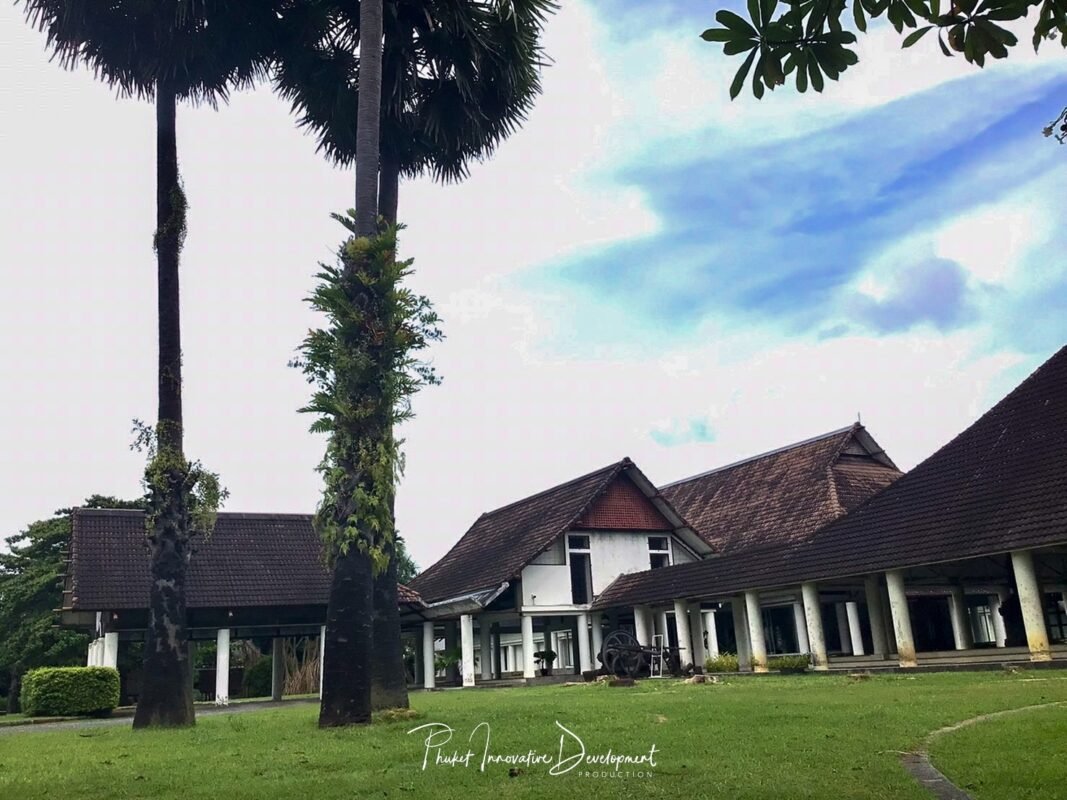
Even in this age where technology graciously places a wealth of knowledge at our fingertips with the mere tap, the essence we glean from venturing beyond, delving into educational realms for broader insights, stands in stark contrast to the solitary pursuit of learning confined to the glow of a mobile screen or computer. It is a distinction, delicate yet profound, between the tangible embrace of external exploration and the silent allure of pixels.
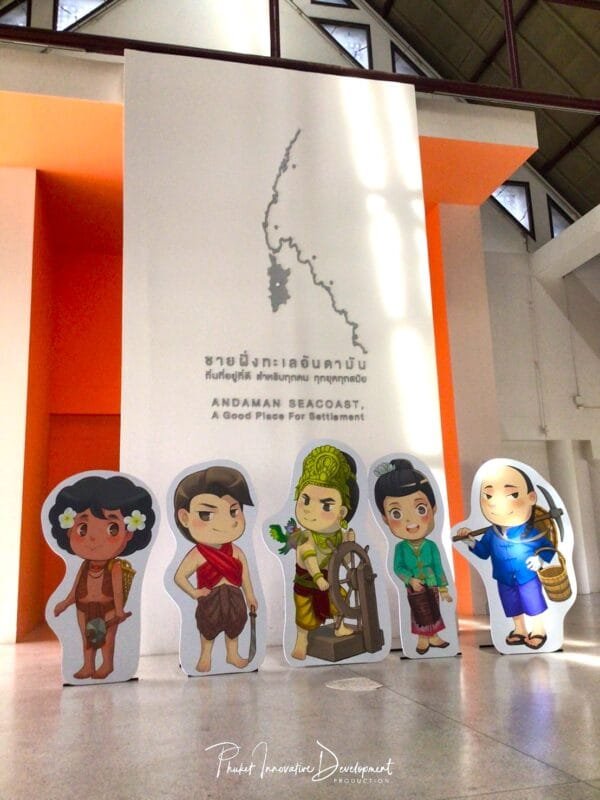

Indeed, it is true that modern individuals possess the ability to create myriad innovations to replace things of the past that may appear outdated and antiquated. However, let us not forget that the roots of our identity often trace back to the older generations or our forebears who laid the foundation.

Thus, we should acknowledge and learn from both our history and the past, building upon it and preserving the goodness that we have inherited. This is not merely for our own benefit but for the betterment of society and the future of our communities and homes.

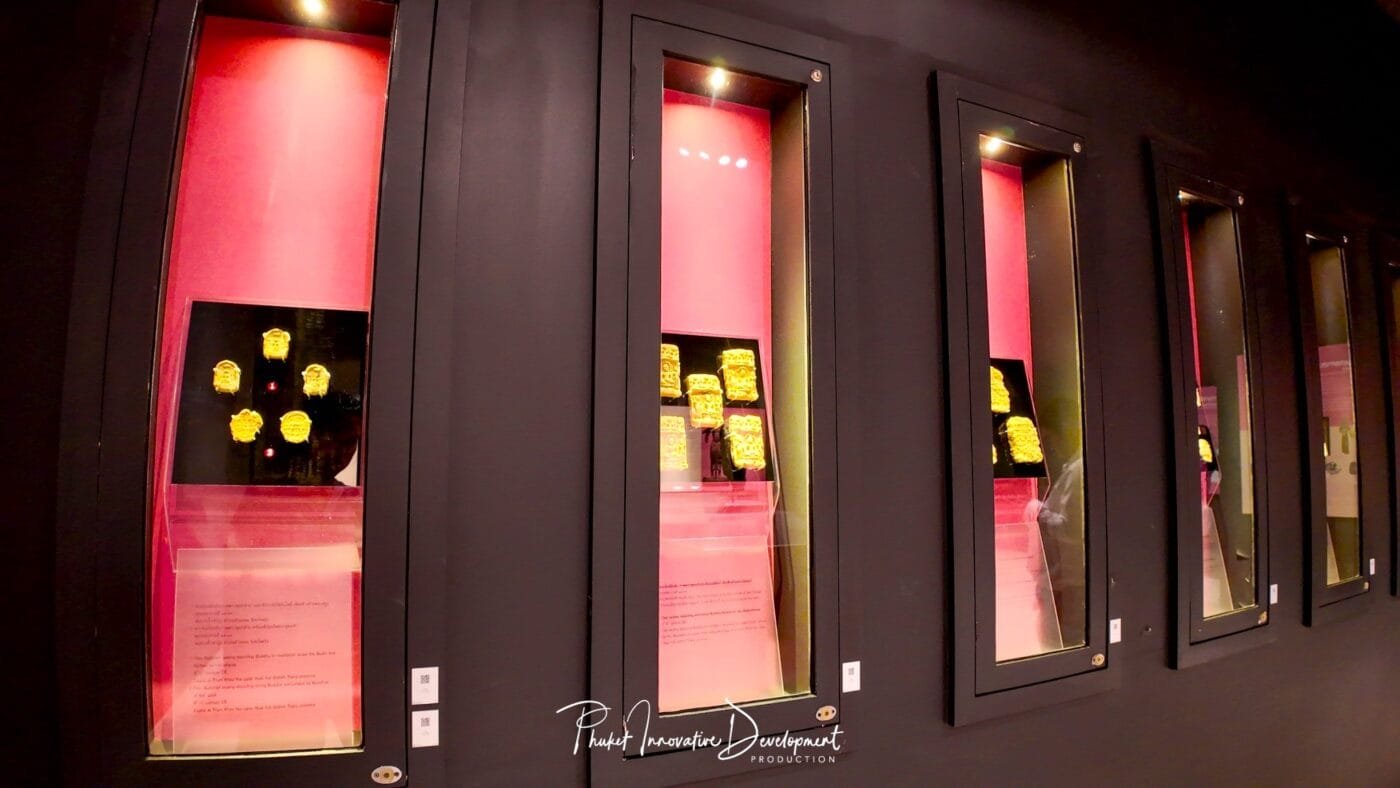
We would like to invite you to visit a significant museum in our hometown of Phuket, which has recently undergone renovations and enhancements, making it even more captivating. That place is the ‘Thalang National Museum’

‘Thalang National Museum,’ a repository of historical artifacts and the majestic essence of ‘Andaman’
The Thalang National Museum stands prominently not far from the roundabout of the revered monument of Thao Thep Krasattri and Thao Sri Sunthon. This site serves as a sort of time machine, guiding everyone through the realms of history, archaeology, ethnography, and the unique arts and culture of the Andaman Sea’s southern coast in Thailand. The museum building itself is crafted beautifully in local architectural style, earning recognition with an outstanding architectural achievement award in Phuket province.

The Thalang National Museum is divided into several exhibition rooms. Room 1 presents the geology of Phuket Island and the archaeology of the Andaman Sea coast. Room 2 narrates the story of the heroines of Thalang, depicting the historical battle of Thalang in the year 1785 (BE. 2328).


Room 3 delves into the tale of the Chinese community and the development of Phuket. Room 4 explores the people of Phuket, showcasing the cultural diversity of the island’s inhabitants, including Thai Muslims, local Thais, and sea gypsies. Following is an exhibition room for rotating displays—a space for ongoing exhibitions or events throughout the year.

The key highlights of the Thalang National Museum, expected to astonish visitors, include the exhibition of significant artifacts discovered along the Andaman Sea coastline, never before showcased. This encompasses a collection of Murals depicting the Yogis from the archaeological site of Khao Phra Narai, Phang Nga Province, showcasing the deity Vishnu in the post-Pallava Indian art style, dating back over 1,000 years. Additionally, there are unglazed clay votive tablets, the artistic legacy of Sri Vijaya art from the archaeological site of Khao Nui, Trang Province, and a collection of Roman lead votive tablets from the archaeological site of Khuan Luk Pat, Krabi Province.

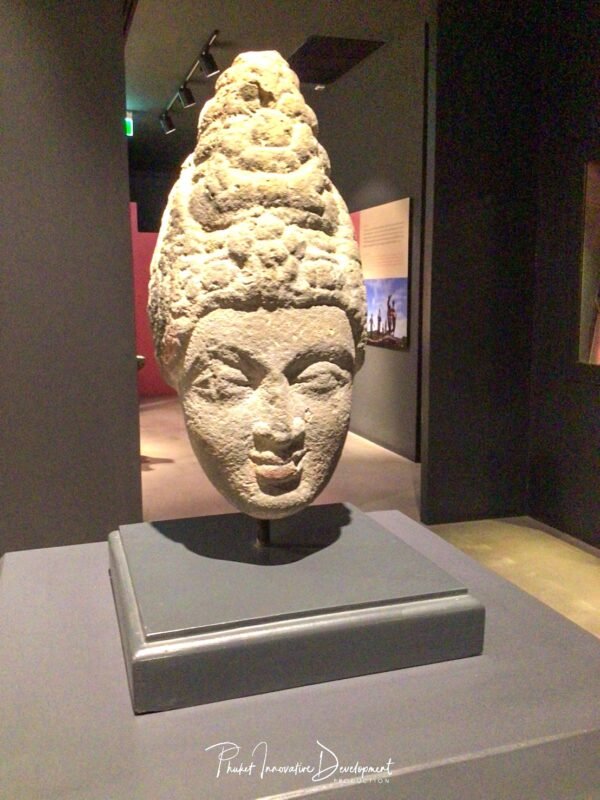
Furthermore, the museum also plans to showcase newly excavated archaeological artifacts, such as the unglazed clay votive tablets from Khao Nui, Trang Province, and earthenware imported from India found in the Tham Suea archaeological site, Ranong Province.

Additionally, there will be evidence from recent excavations conducted over the past 10-20 years, including the remnants of sunken ships at the mouth of the Klong Kluai, Ranong Province, dating back to the 5th-6th century BCE. Newly discovered painted murals in the regions of Phang Nga and Krabi will also be presented.


Although the renovation of the building and permanent exhibitions inside is not yet complete, about 70% of the work has been finished. Friends can still visit and explore this intriguing space.

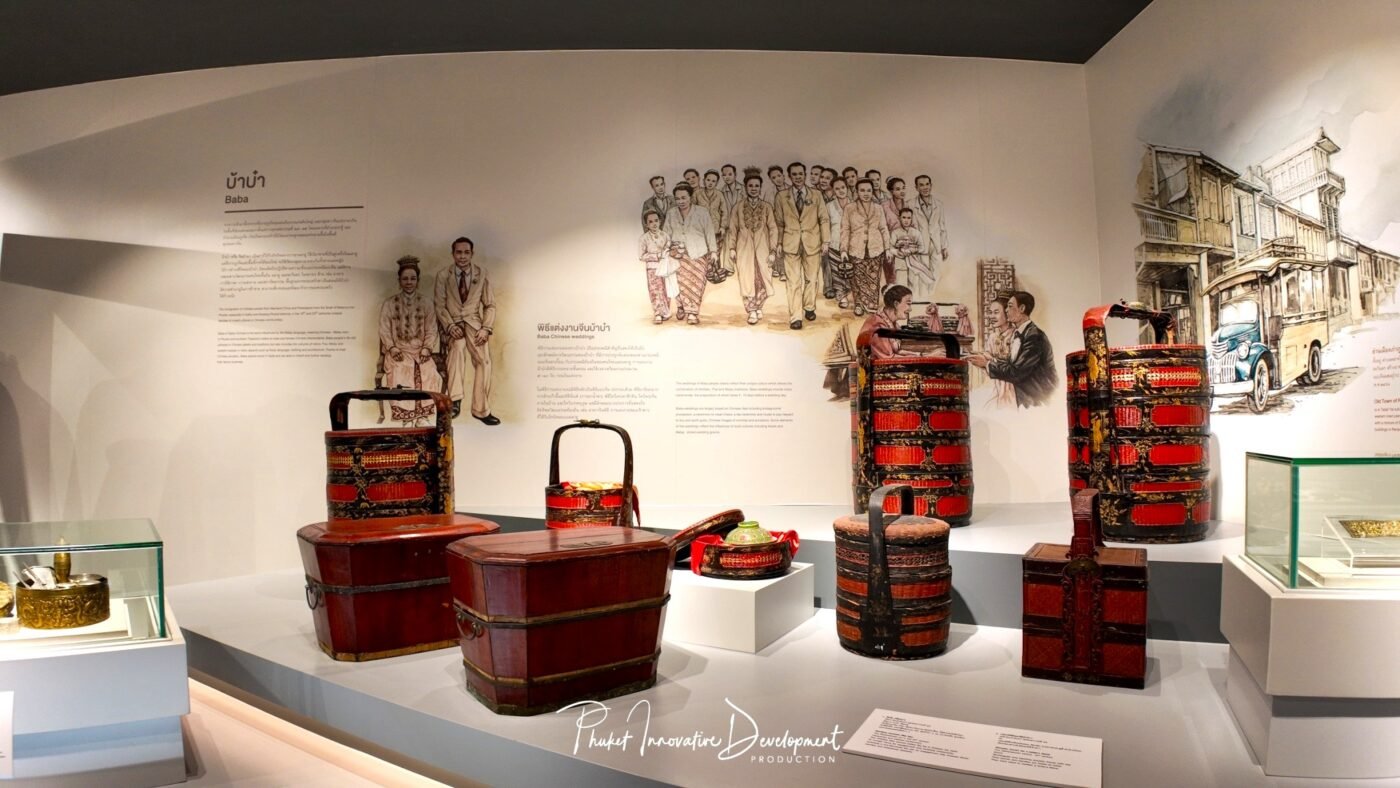
We believe that the Thalang National Museum will contribute to a deeper understanding of the history of Phuket Island and the longstanding cultural heritage of the communities along the Andaman Sea coast.


Thalang National Museum is open for visitors from Wednesday to Sunday (closed on Monday and Tuesday), from 09:00 AM to 04:30 PM. The entrance fee is 20 Baht for Thai citizens, except for monks, novices, and students in uniform.
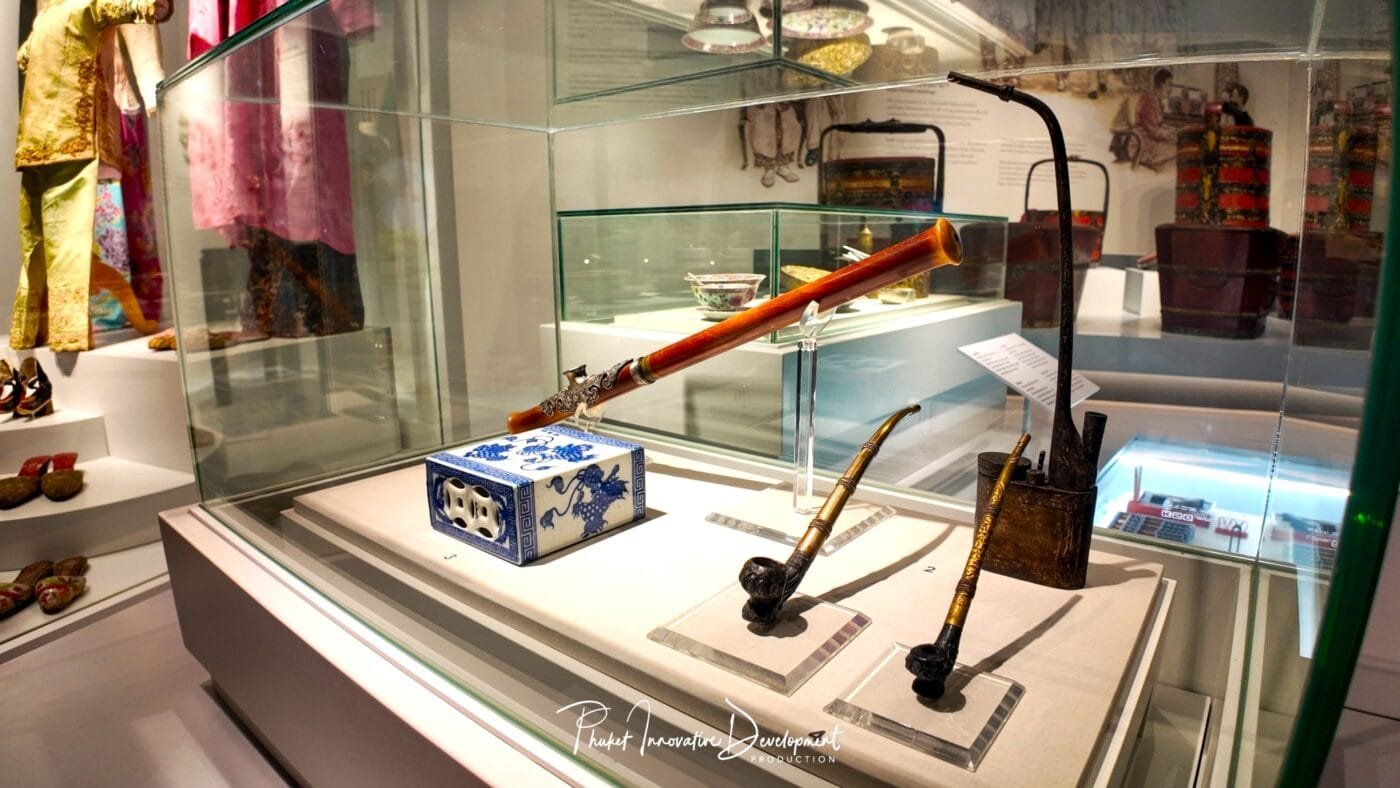

For more information, please visit https://www.finearts.go.th/talangmuseum

 ไทย
ไทย